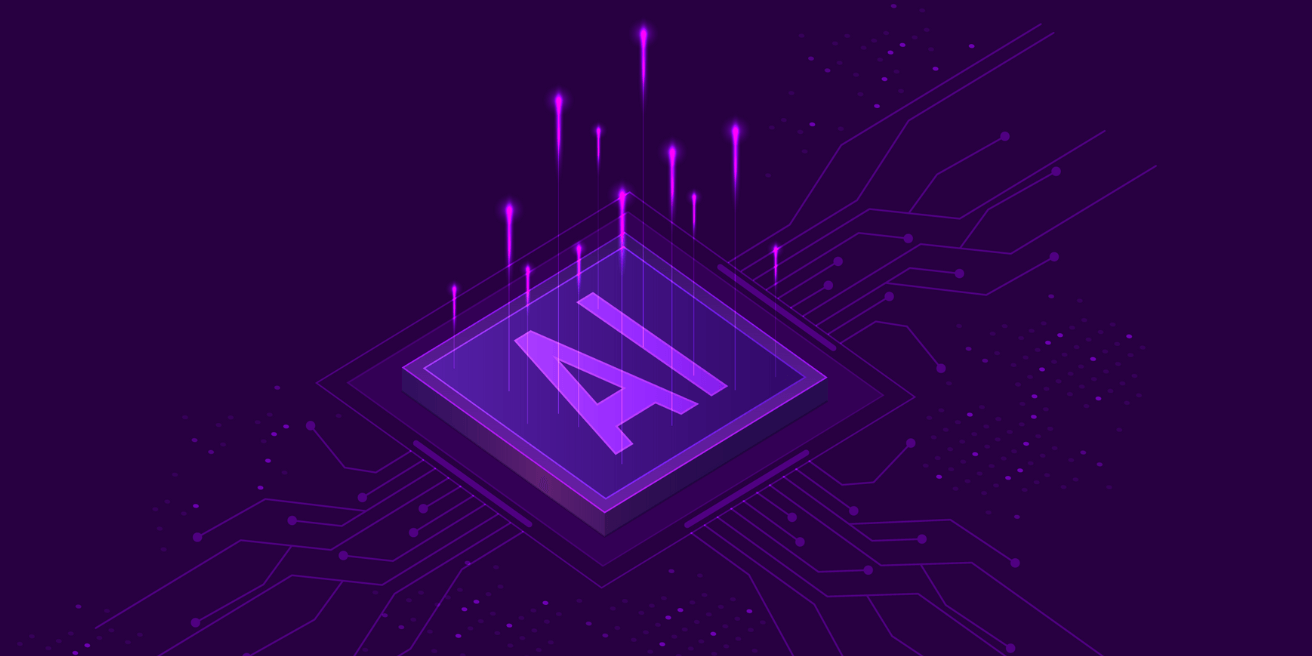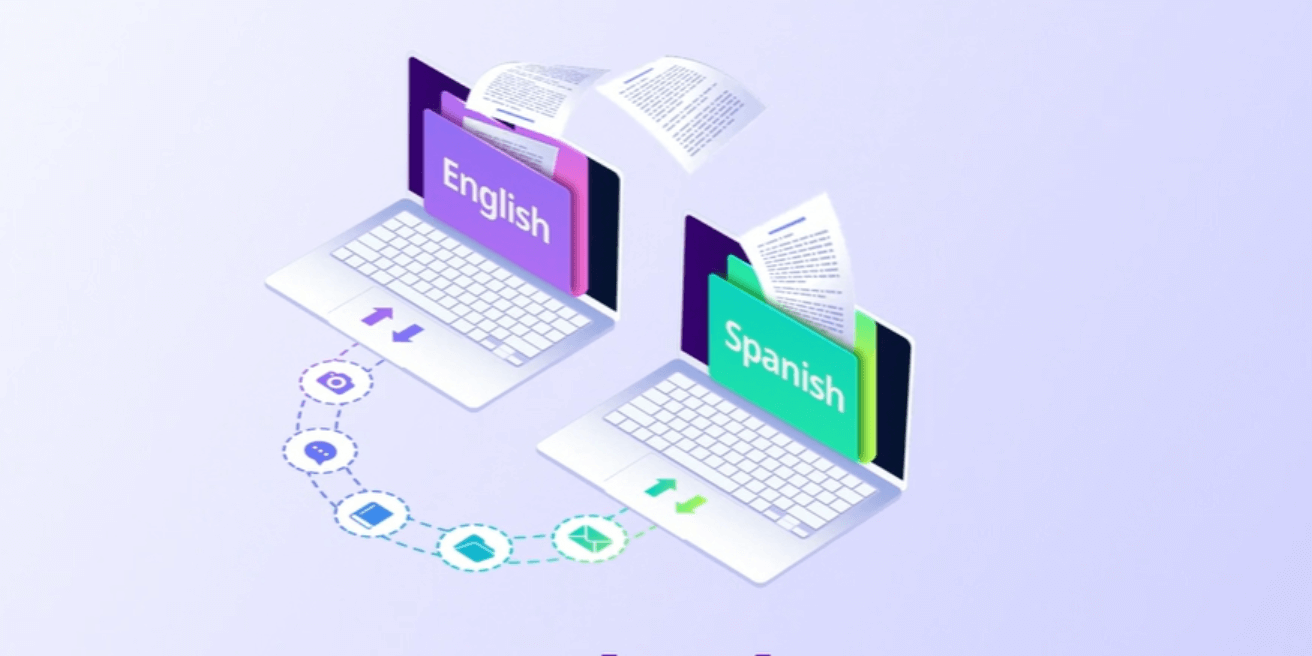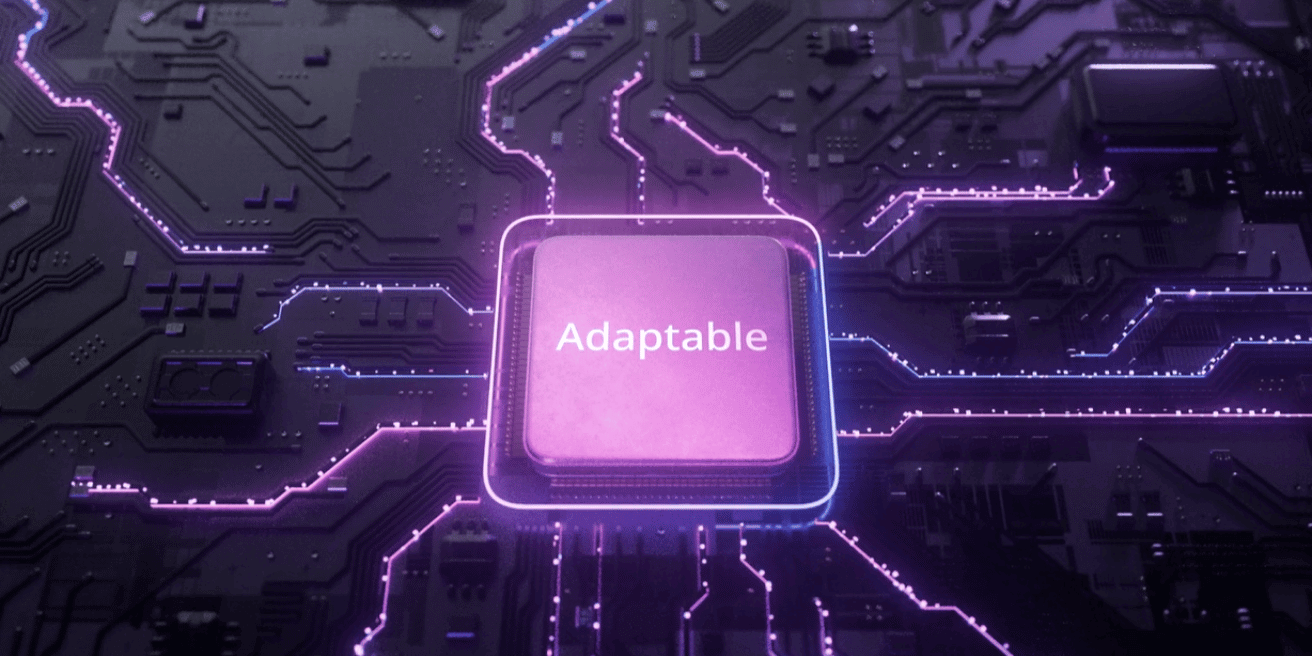
Language Weaver Learning
Machine Translation
Machine translation is accelerating insight and revolutionizing the way people collaborate and reach global audiences.
What is machine translation?
Machine translation (MT) is a form of AI-enabled translation that can perform instant, automatic translation of text from one language to another without any human intervention. MT that relies on complex machine learning algorithms, using neural networks and/or natural language processing, is known as neural machine translation (NMT).

History of Machine Translation
Pioneered in the 1950s, MT is one of the earliest examples of artificial intelligence. Today’s MT is continuing to innovate by leveraging neural network models to deliver unprecedented linguistic quality. However, not all MT is created equal: its quality is determined by how it is trained.
Different types of machine translation explained
There are three different types of machine translation: rules-based, statistical and neural. Neural machine translation (NMT) is the current approach that uses machine learning and neural network models. Our Language Weaver platform is built on NMT and uses deep neural networks based on how the human brain works to train models for different language combinations and content types to produce accurate and natural sounding output.
How machine translation works
Machine translation is a valuable resource in the translation process. It can be used on its own or can be combined with post-editing to increase translator productivity, allowing translators to:
- Translate more, faster: With MT, you can translate millions of words instantly, making it great for high-volume or fast-turnaround projects.
- Access a wide breadth of languages: MT is available in hundreds of different language combinations, making it quick and easy to obtain translations in whatever language you require.
- Reduce translation costs: With neural engines, machine translation output is more fluent and significantly higher quality, reducing the amount of post-editing work required. With less human involvement, costs can be significantly lowered.

Adaptability
Adaptation takes machine translation to another level. Advanced adaptive capabilities allow the input from users, and their feedback, plus other cumulative experiences, to train the MT to learn and produce more specific and tailored output, attuned to the specific terminology used by an organization. The result is continuously improving results that become increasingly fine-tuned to the organization’s unique terminology, style guide, use case and industry context over time. This in turn significantly reduces the time needed to correct the MT output in the post-editing process.
Language Weaver’s AI-powered machine translation can be adapted to provide translations that are attuned and tailored to your specific organization, domain context and business use cases.

What next?
Take a demo and explore how Language Weaver protects your data with our secure-by-design infrastructure backed by the strictest data residency and privacy provisions across on-premises and cloud platforms.
Get in touch
Ready to start translating securely?


